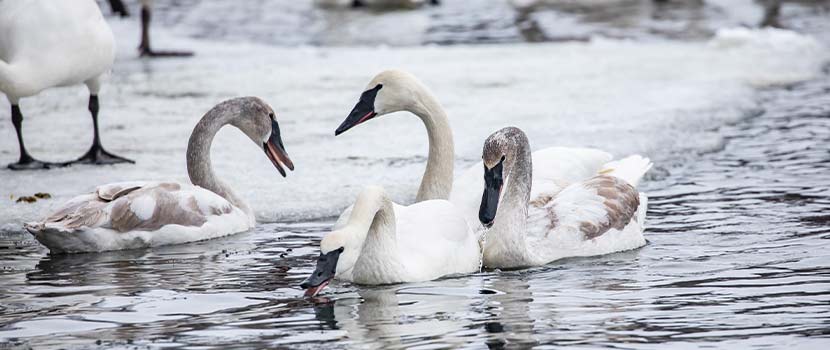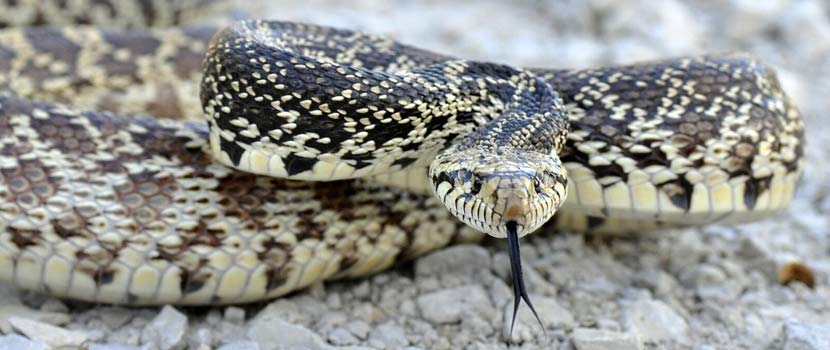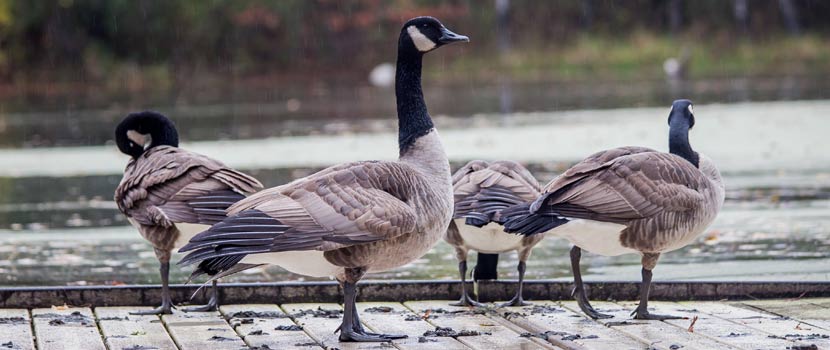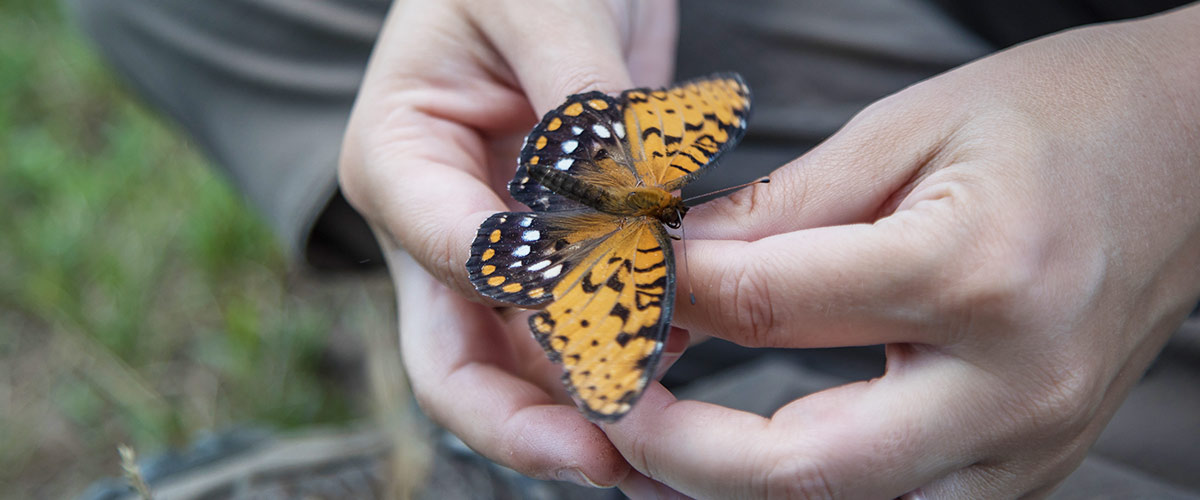
Regal Fritillary: A Rare Butterfly That Is Thriving in Three Rivers
By: John Moriarty
November 30, 2020
Category: Resource Management
Sometimes confused with monarchs, regal fritillaries are large orange, black and silver butterflies that are found in prairies and other native grasslands. They used to be found from the Great Plains all the way to the Atlantic Ocean, but they are now gone from most of their original range.
This decline is mainly caused by the loss of grasslands to agriculture. In Minnesota, regal fritillaries are considered rare. They are listed as a Species of Greatest Conservation Need (SGCN) and a Species of Special Concern (SSC). These designations from the Minnesota Department of Natural Resources are what encouraged us to reintroduce these butterflies into Three Rivers and help in their conservation.
The Life of a Regal Fritillary
Regal fritillaries emerge from their chrysalises as adults in early July. They only have one generation per year. Other butterflies, like monarchs, may have four or five generations per year.
Males come out first followed by females one to two weeks later. The males are easier to see as they fly across the prairies searching for females to breed with. The females come out to nectar on the flowers and then stay down in the vegetation.
Adult regal fritillaries feed on a variety of flower nectars. They are commonly seen on butterfly weed, wild bergamot and blazing stars.
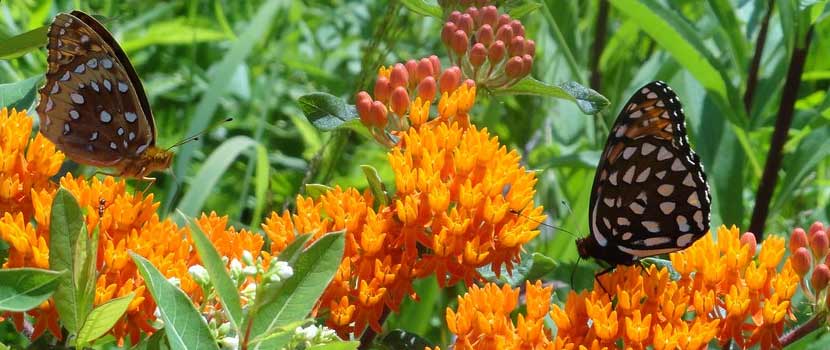
By mid-August the males have died out, but the females are still around laying their eggs. A single female can lay up to 2,000 eggs.
The caterpillars hatch in September, three to four weeks after the eggs are laid. These tiny (less than ¼ inch) caterpillars crawl to the base of a prairie plant and go into a diapause (period of inactivity, kind of like a very long nap) for the winter.
Regal fritillary caterpillars are very particular about what they eat. They only eat prairie violet leaves, so they are normally only found on remnant prairies that still have a good population of violets. Most restored prairies do not have violets because the seeds are difficult to collect and the plants are expensive to buy and plant.
The caterpillars will grow to about 1 ½ inches before they form a chrysalis. During that time they will have gone through six instars, or stages where they shed their skin and grow bigger. They will emerge from the chrysalis in two to three weeks as an adult.
Reintroducing Regal Fritillaries at Crow-Hassan
At Crow-Hassan Park Reserve, we planted approximately 1,000 prairie violets in the 1990s through a grant. We occasionally saw violets in the spring but were not sure how many there were across the prairie. When we started thinking about reintroducing regal fritillaries, we knew we would have to increase the density of violets so there would be enough food for potentially thousands of hungry caterpillars.
From 2014 to 2018 we purchased and planted 10,000 large prairie violets (2,500 per year). This was paid for through grants and donations.
In August 2016, our wildlife staff traveled to prairies in the southwest and southeast Minnesota to collect adult regal fritillaries, especially females. We caught 25 butterflies and released them into the prairie at Crow-Hassan.
The following July, we started two different surveys to monitor regal fritillary populations at Crow-Hassan. One was a series of seven transects across the prairie that we walked three times a year and recorded how many butterflies we saw. The second was an area search where wildlife staff and volunteers tried to catch all the regal fritillaries found in three five-acre blocks. The transect survey gave us the relative abundance of regal fritillaries compared to other butterfly species, and the block searches gave us the density of regal fritillaries per acre.
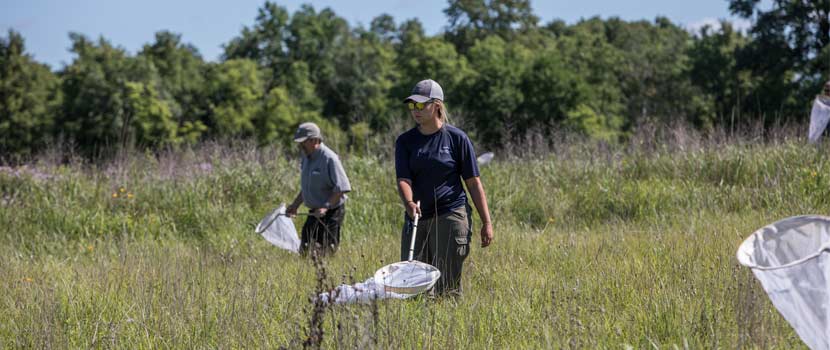
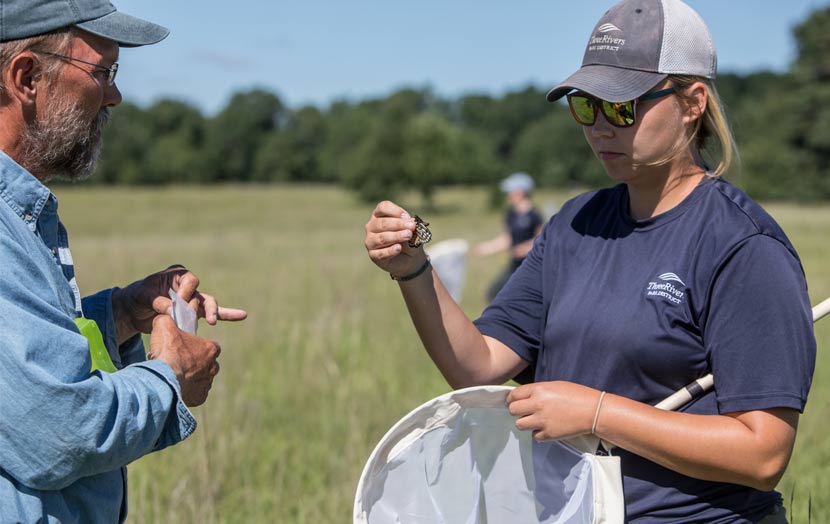
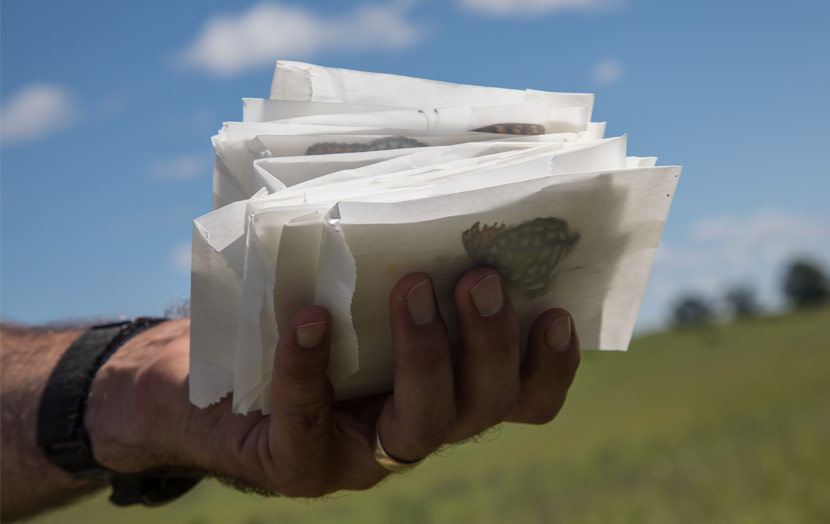
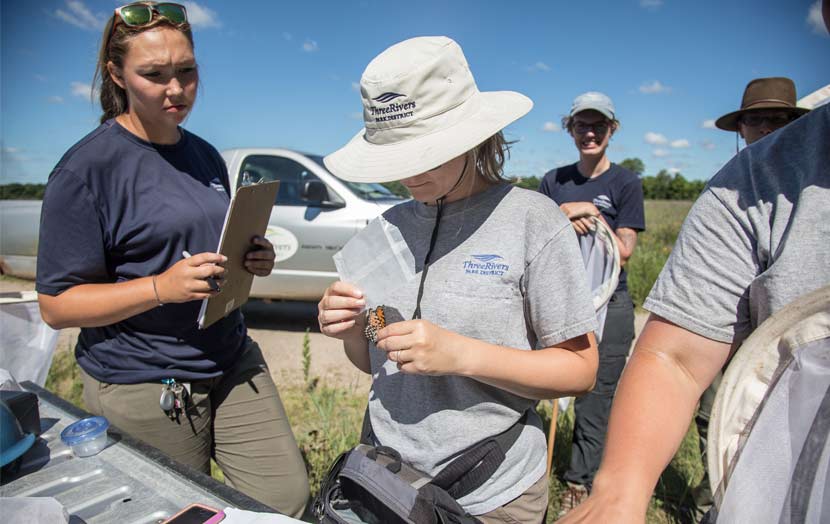
In 2017, we saw an average of two regal fritillaries per transect and 3.2 butterflies per acre in the block search. In 2018 and 2019, we averaged 15 butterflies per transect and 8.5 per acre.
While this may not sound like a lot, when you expand the number over 850 acres of prairie, you end up with over 7,000 butterflies. Even if we are conservative in the amount of land occupied by regal fritillaries – a third of the prairie, or approximately 280 acres – we still have over 2,000 butterflies. Considering we started with 25 butterflies only two years earlier, that is a great success.
We did not do any official surveys in 2020, but we regularly saw regal fritillaries across the prairie in July, and we continued to see females in early September.
After the success of the regal fritillary, we are investigating several other species of prairie butterflies to reintroduce into Crow-Hassan.
To learn more about at-risk and vulnerable wildlife in Minnesota, check out new episodes of The Wandering Naturalist podcast this Wednesday.
Archive image: "Regal fritillary butterfly" by U.S. Army Environmental Command is licensed under CC BY 2.0.
About the Author
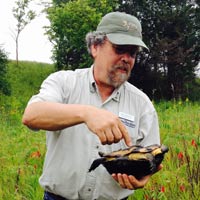
John Moriarty is the Senior Manager of Wildlife at Three Rivers Park District and has been with the Park District for 15 years. He has been involved in many of the wildlife restoration efforts and initiated the snake and butterfly efforts. John has led several projects to increase prairie habitat in the Park District. John likes exploring natural areas and looking for all types of plants and animals, but especially turtles.
Related Blog Posts
Reintroducing Trumpeter Swans: What It Took to Succeed
By: John Moriarty
Trumpeter swans once nested throughout Minnesota, but were eliminated by early settlers who hunted them for feathers and food. Learn what it took to restore their populations and explore current efforts in managing trumpeters today.
All About Bullsnakes — And How They Found A Home in Three Rivers
By: John Moriarty
Did you know that the longest snake in Minnesota can be found in Three Rivers Park District? Bullsnake populations have declined in the Twin Cities due to habitat loss, but thanks to reintroduction efforts, they have found a home in Crow-Hassan Park Reserve.
How Canada Geese Went from Absent to Abundant in the Twin Cities
By: John Moriarty
Canada geese are in no short supply today, but it wasn't always this way. Read on to learn how they came to be so plentiful after once being rare to see in the metro area.
